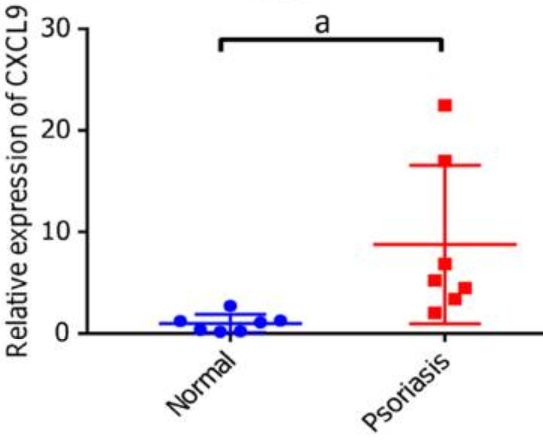As mentioned in Week 127, I had biological age measured earlier this month, and received five reports two days ago on Sunday. Part of the company’s process is to follow up their reports (intrinsic aging, immune aging, pace of aging, telomere length, weight loss) with a consulting session to review and interpret, which lasted an hour yesterday.
Part of our conversation revolved around comparing my measurements with other customers. These people are a different population than people usually sampled for aging and other biomarkers, because people who pay to get their biological age measured probably actionably want to improve it.
We’ll see which items I asked the consultant to pass on to the company produce responses, and which interfere with their business or they’re too busy to get back to me. I offered more than a half-dozen specifics, but held back on items I didn’t think the consultant would adequately communicate.
I didn’t argue with the consultant’s recommendations for quercetin supplementation (at 4% bioavailability?) as part of a treatment for senescence (not measured in any of the reports?). I didn’t offer to follow-up with studies demonstrating yeast cell wall β-glucan (new to the consultant) effects on immune report findings here in my 19th year of taking it every day.
I did argue with their recommendation to take DHEA-S. I changed my mind about taking it a year and a half ago, but left blog posts up such as Take responsibility for your one precious life – DHEA for evidence that I’m learning.
Epigenetic clocks per The epigenetic clock theory of aging generally view biological aging as “an unintended consequence of both developmental programmes and maintenance programmes, the molecular footprints of which give rise to DNAm [DNA methylation] age estimators.”
So what would be appropriate anti-aging actions for customers to take? Should customers try to emulate youthful biological markers, and supplement DHEA-S to impact serum levels of insulin-like growth factor 1?
I don’t think so. Our bodies never evolved feedback mechanisms to determine “Time to stop the growth programs, you’ve survived to reproduction age.” Older people achieving teenagers’ DHEA-S levels and activating IGF-1 pathways, pretty much guarantees further biological aging as “an unintended consequence of both developmental programmes and maintenance programmes.”
It’s too early to recommend these biological aging measurements. We’ll see where it goes.
One good thing is the company wants their customers to tell them everything about what they’re doing. I exercise at least a half hour every day, eat Avena nuda oats for breakfast and AGE-less chicken vegetable soup for dinner, and take the following:
Before breakfast
– 3-day-old microwaved broccoli / red cabbage / mustard sprouts started from 10.7 grams of seeds, with nothing else an hour before or after
– Yeast cell wall β-glucan (Glucan 300), 1500 mg, with nothing else an hour before or after
Breakfast, lunch, and dinner
– Hyaluronic acid, Nature’s Lab, 1 serving total
– Boron, Swanson Triple Boron Complex, 9 mg total
Breakfast and dinner
– Acetyl-L-carnitine, 1 g total
– Balance oil, which blends linoleic acid 1400 mg with linolenic acid 350 mg, 2 times
– Betaine anhydrous, 3 g total
– Glucosamine hydroxychloride 1.5 g total, with chondroitin sulfate 1.2 g total
– Taurine, 2 g total
– 3-day-old Avena sativa oat sprouts started from 20 g seeds, 2 times
Breakfast only
– Minerals and vitamins, RDA mainly, Kirkland Signature Daily Multi
– D3 25 mcg
– Calcium alpha-ketoglutarate 1 g
Lunch only
– Vitamin K2 MK-7 600 mcg
Dinner only
– D3 50 mcg
– Zinc monomethionine 30 mg with 0.3 mg copper
– Lutein 25 mg with 5 mg zeaxanthin















